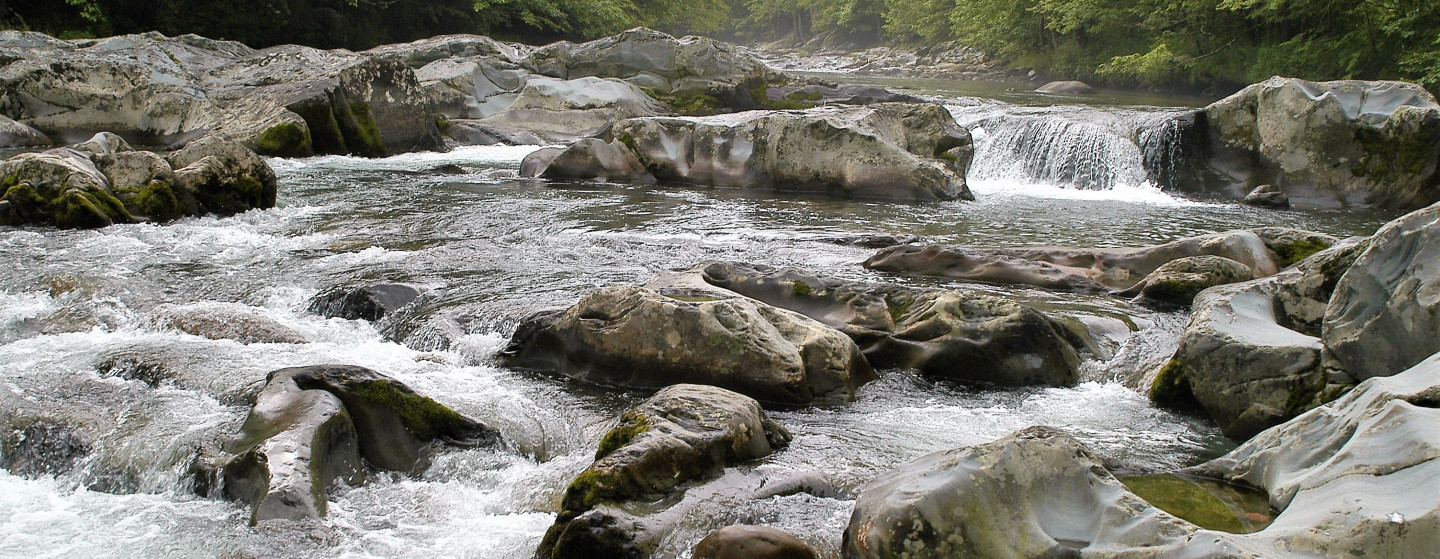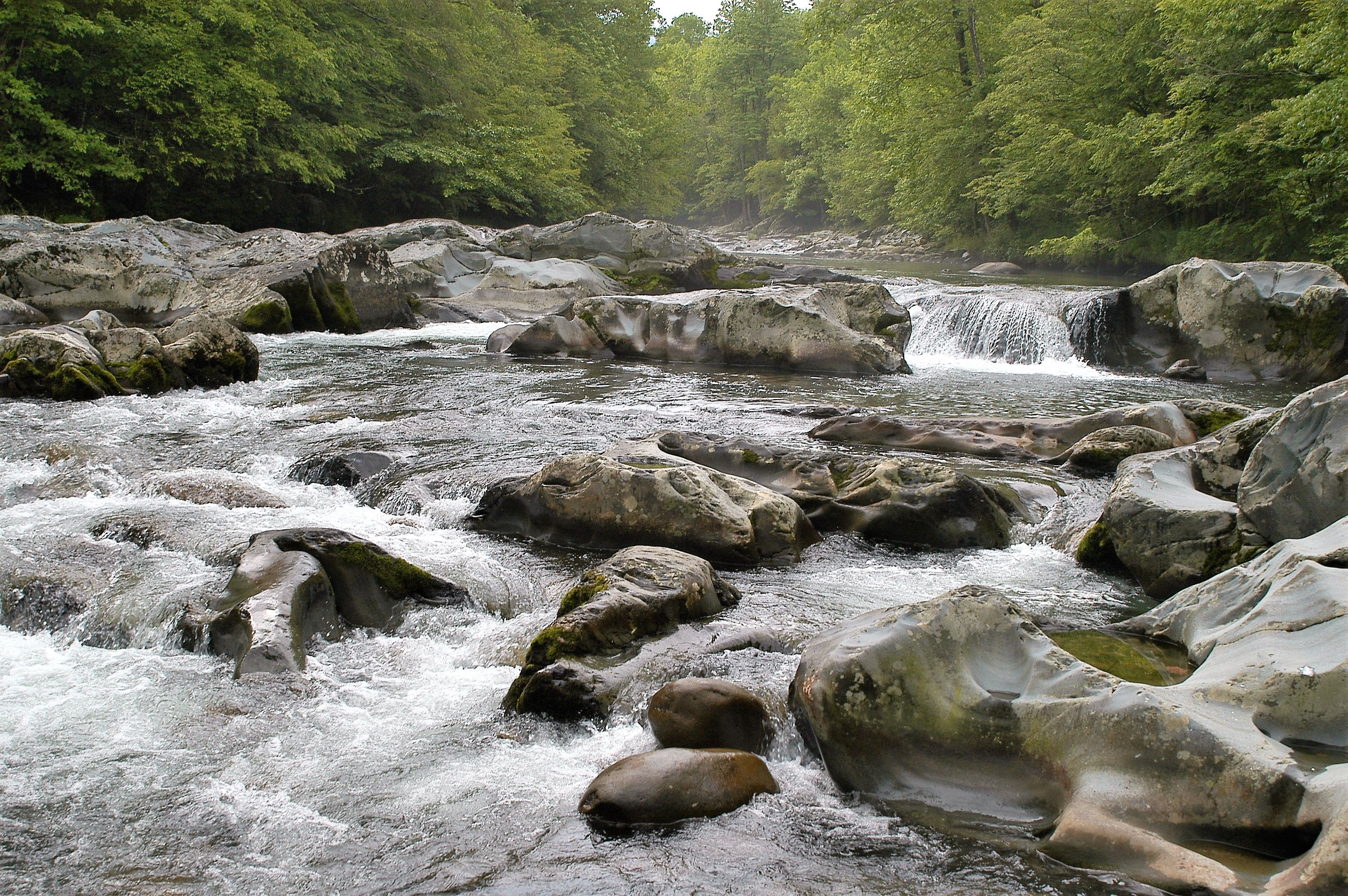The Great Smoky Mountains attract millions of outdoor enthusiasts and hikers each year. As with any natural environment, it is crucial to prioritize hiking safety while exploring this stunning national park. Whether you’re a seasoned hiker or a novice adventurer, you need to be prepared and informed before embarking on your Smoky Mountains hiking adventure.
1. Plan and Prepare
Before going out on your hike, it is important to plan your trip thoroughly. Familiarize yourself with the trail you intend to hike, including its length, difficulty level, and any potential hazards. Obtain a detailed map of the area and check the weather forecast to avoid unfavorable conditions. Also, inform someone about your hiking plans, including your expected return time, just in case of an emergency. The better you plan, the smoother your trip will be.
2. Choose the Right Trail
The Smoky Mountains offer a wide range of hiking trails suitable for all skill levels. Choose a trail that matches your physical abilities and experience. Take into consideration the distance, elevation gain, and estimated duration of the hike. It’s recommended that beginners start with shorter and easier trails to gradually build up their hiking skills and stamina. Remember, not all short hikes are easy! Sometimes short trails can be steep and full of obstacles, so make sure to look at all the details of the path you choose.
3. Wear Appropriate Clothing and Footwear
Proper attire is crucial for hiking anywhere, and the Smoky Mountains are no exception. Wear comfortable, moisture-wicking clothing suitable for the weather conditions. Layering your clothes will allow you to adjust to changing temperatures throughout the day. Windbreakers, flannels, and light jackets are perfect for tying around your waist in case the weather gets chilly. Invest in sturdy, waterproof hiking boots that provide ankle support to navigate uneven and potentially slippery terrain. Leave the hiking sandals for the walkways; you don’t want to injure your feet!
4. Pack Essential Gear
Carrying the right gear is essential for a safe hiking trip. Your bag should include items such as a trail map, compass, whistle, headlamp, extra batteries, a first aid kit, sunscreen, insect repellent, a multi-tool or pocket knife, and enough food and water to last the duration of your hike. It’s not a bad idea to also pack a rain jacket and a hat to protect yourself from any untimely rain showers.
5. Stay Hydrated and Well-Fed
Proper hydration and nutrition are very important during hiking trips, especially in the Smokies where the climate can be humid and demanding. Carry an adequate supply of water and drink regularly to prevent dehydration. Pack high-energy snacks and a balanced meal to keep your energy levels up throughout the hike. If you want to be extra prepared, add some electrolyte packs to your water to replace any salt you lose from sweating, and the carbs will give you energy.
6. Hike with a Companion
It’s generally safer to hike in groups or with a hiking partner rather than hiking alone. Having a companion provides an extra layer of safety, as you can look out for each other, share resources, and seek help if needed. If you must hike alone, inform someone about your plans and expected return time.
7. Follow Trail Etiquette
Respect the environment and other hikers by following trail etiquette. Yield to uphill hikers, stay on marked paths, and refrain from littering. Respect wildlife from a safe distance, and do not feed or approach them! By following these guidelines, you contribute to the preservation of the Smoky Mountains’ natural beauty. The ultimate goal is to leave no trace that you were there.
8. Be Aware of Wildlife
The Smoky Mountains are home to a variety of wildlife, including bears, snakes, deer, and insects. Educate yourself about the wildlife commonly found in the area and learn how to respond to encounters. Keep a safe distance from animals and never attempt to feed or interact with them. Also make yourself aware of plants such as poison ivy and poison oak that can irritate your skin upon contact. It is better to avoid rashes from plants than to have to treat them afterwards.
9. Be Mindful of Weather Conditions
Weather in the Smoky Mountains can change rapidly, even during the summer months. Check the forecast before your hike and be prepared for sudden weather changes. Depending on the length of your hike, you could encounter a cool morning, a humid midday, and afternoon showers. Changing weather conditions are the reason that it is important to be prepared when going on a hike in the Smokies.
Now you are ready to go hiking! Grab your friends and family, pack your bags, and get going. We hope that our hiking safety tips are helpful as you plan to explore the great outdoors. If you are looking for things to do when you get back from your hike, make sure to check out our things to do page.





